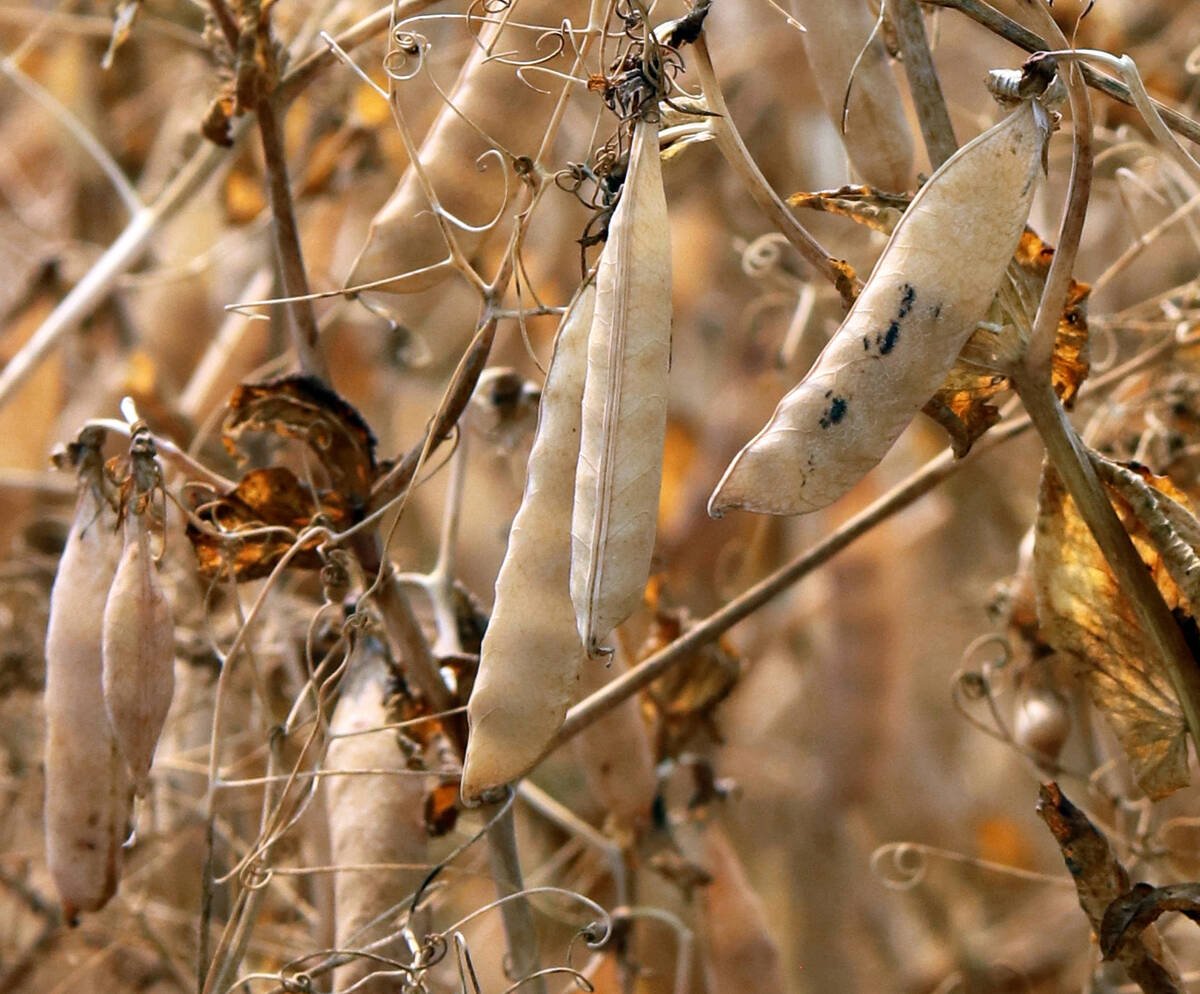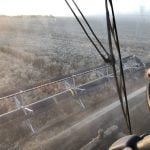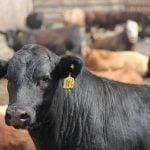Dr. Keri: Prairie Vet is mad at the government of Manitoba.
Keri Hudson-Reykdal, a vet in Ashern, Man. and reality television star on the Animal Planet network, is angry that Manitoba may cut its funding to the Western College of Veterinary Medicine.
Manitoba now funds 15 new students a year, or 60 for the four year program, to study at the WCVM. The province has proposed to reduce its seats at the University of Saskatchewan college to 10 new students per year.
“As part of their efforts to balance the budget, (the province) is considering taking a knife to one-third of the students admitted to the regional vet school (in Saskatoon),” Hudson-Reykdal said in an email.
Read Also

Trump’s tariffs take their toll on U.S. producers
U.S. farmers say Trump’s tariffs have been devastating for growers in that country.
“Not only is the government trying to cut these very important funds, but they are trying to keep it hush-hush in order to avoid public outrage.”
Considering the vet shortage in rural Manitoba, reducing funding to the vet college is a mistake, Hudson-Reykdal added.
Manitoba needs more vets, not less, she said.
“There is a severe lack of veterinarians throughout the province as we try to look after the huge animal industry in Manitoba — from family pets to the animal production industry … on which our economy heavily relies.”
In an email to the media, a spokesperson for Manitoba Education Minister Kelvin Goertzen said there has been no change to funding for the WCVM, and no decisions have been made about future funding.
However, the province has been in talks with the WCVM and raised the possibility of reducing its contribution to the vet school.
“They’re cutting funding to a lot of things, so they’re looking critically at everything, including this partnership,” said WCVM dean Doug Freeman.
The WCVM is jointly funded by Manitoba, Saskatchewan, Alberta and British Columbia. Each province pays an amount proportional to the number of “seats” allocated to its students.
In 2017, Alberta threw a wrench into the funding system when it pulled its support for the partnership. After the 2019-20 academic year, the province will provide funding only for student seats at the University of Calgary’s veterinary school.
With the loss of $8 million in Alberta funding, the WCVM is looking at different models, including opening up spots for international students.
“There’s still a fair amount of uncertainty,” Freeman said.
“British Columbia is (also) considering what they want to do with the partnership…. We have a long list of possible program changes that would help replace some of that lost revenue.”
The Manitoba government now provides about $6 million a year to the college.
The government has complained to the WCVM that only 70 percent of Manitoba students return to the province to practise. In other words, Manitoba taxpayers aren’t getting a fair return on their investment.
The 70 percent figure is too simplistic, Freeman said.
Some Manitoba students go on to advanced studies at other centres, or they may remain at the WCVM and become specialists. As well, students from other provinces may move to Manitoba after graduation to become vets.
“That (70 percent) is reasonably one measure, but it shouldn’t be the measure.”
The Manitoba Veterinary Medical Association is concerned about a possible funding cut and what it could mean for the supply of vets in the province.
However, attracting veterinarians to rural Manitoba is more complex than provincial funding for the WCVM. Most vets prefer large practices, not small, rural practices where they have to work independently, said Andrea Lear, executive director of the MVMA.
The government and industry need to create the right conditions so that vet school graduates from Manitoba and elsewhere want to work in rural areas.
“We’re collaborating with the province to look at this as a whole picture.”
Hudson-Reykdal said Manitoba’s $6 million for the WCVM does much more than train vet students.
The money supports WCVM research, helps train vet specialists and is used for diagnostic services and public education.
As an example, WCVM researchers recently discovered a vaccine for porcine epidemic diarrheal virus, a major threat to Manitoba hog producers.
“(This) could soon put an end to a killer virus that has been decimating North America’s hog industry,” Hudson-Reykdal said.
“This contribution alone will save our province millions.”















